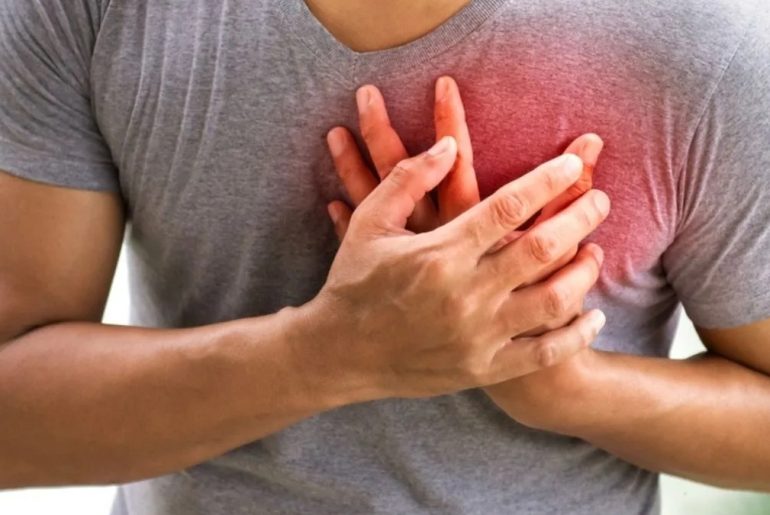Are you aware that about 8.5 million people suffer from vascular disease in the US? Vascular disease refers to the health issues that affect the vascular system, including the blood vessels. The disease can occur to anyone; however, your risk increases if you are obese, aged 60 and above, have an unhealthy lifestyle, are pregnant, or are a smoker. Tinley Park, IL general surgeon and vascular expert at Vascular Specialists, provides robust diagnosis and treatments for all cases of vascular disease. Among the vascular services available and the most common vascular conditions they treat are here.
Leg pain
You may develop leg pain from various issues, including injuries. But why is leg pain considered a vascular problem? If your leg pain prevents you from performing your daily tasks or does not go away within a few days, it’s good you consult your doctor.
Usually, the legs are the farthest from your heart. The leg veins have valves that enhance blood flow to the heart by preventing the backflow of blood. When the valves become damaged, blood accumulates in your veins, causing varicose veins.
Other than leg pain, you may experience swelling, itching, or burning sensation.
Leg pain also occurs when your leg arteries do not receive enough blood, interfering with their function. You are likely to experience leg cramping, numbness and weakness, cold feet, and slow non-healing wounds or ulcers.
Leg wounds
Leg wounds that develop due to vascular problems occur on the lower leg, around the feet, or ankle. The wounds result from vein and artery problems.
You are likely to develop leg wounds if you stand or sit for too long or have an injury affecting the vein. Other factors that make you prone to leg wounds include;
· Smoking
· Diabetes
· High blood pressure
· Being overweight
· High cholesterol
The Vascular Specialists team offers extensive wound care, including;
· Medications
· Infection control
· Proper diabetes management
· Wound debridement
· Compression therapy
Peripheral artery disease
It is a condition that occurs when cholesterol and other fats attach to your artery walls, causing damage. Peripheral artery disease is likely to occur when you have existing conditions such as diabetes or high blood pressure.
Calcium and other substances join the fats over time, causing the plaque to harden and become big. It leads to artery narrowing, causing blood flow restriction through the vessel.
The following are symptoms of peripheral artery disease;
· Muscle cramps
· Skin rashes
· Leg numbness
· Skin rashes
· Non-healing leg wounds
· Reddish-brown skin
· Hair loss on the leg
Adjusting to a healthy lifestyle can help treat peripheral artery disease. Medications for high blood pressure, diabetes, and high cholesterol may also lower the effects of the disease. You might need a surgical procedure to unclog the blocked artery in severe cases.
Leg swelling
Leg swelling occurs when blood pools in your leg veins. Usually, veins have valves that help in pumping blood to the heart. Valve damage causes blood to flow backward, accumulating in your legs and causing leg swelling.
Other symptoms associated with leg swelling include leg cramps, leg ulcers, pain, and leg heaviness.
If you happen to have any vascular problem interfering with your life quality, contact Vascular Specialists today to schedule your consultation.

